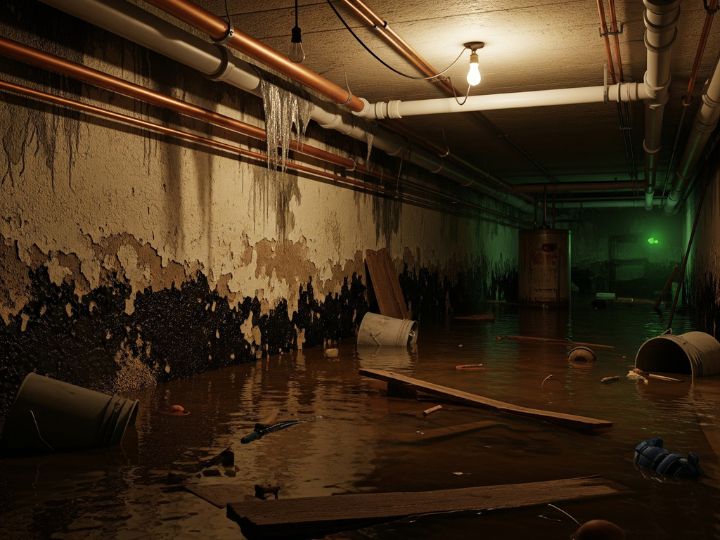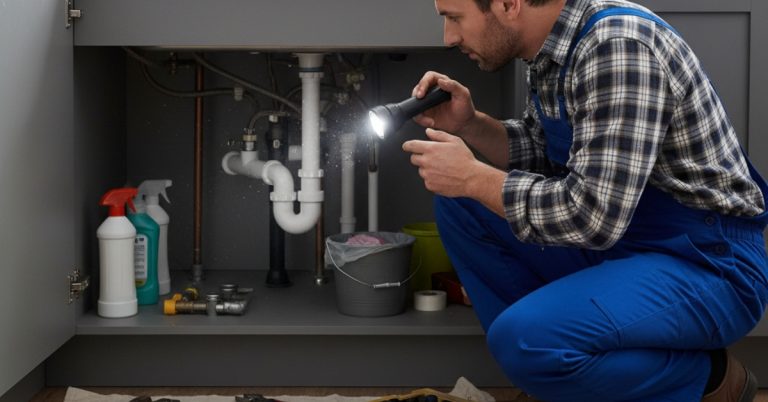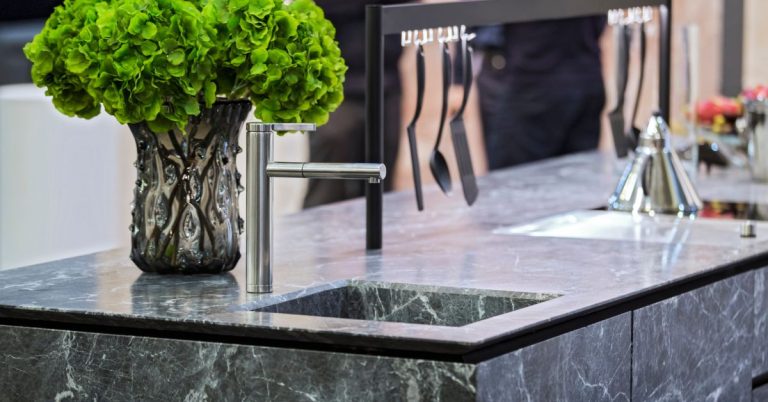When floodwaters invade your home, the damage often goes far beyond what you can see. One hidden but critical issue is your plumbing system. Flooding can leave behind weakened, corroded, or contaminated pipes that may pose serious risks to your property and health. So, is replacing damaged pipes after flooding the right move? In this blog, we’ll explore why addressing flood-damaged plumbing promptly is essential and help you decide whether repair or replacement is the safer, smarter choice.
Table of Contents
The Hidden Dangers of Flood-Damaged Pipes
When floodwaters submerge a home’s plumbing system, contamination and structural damage are likely. Floodwater carries debris, chemicals, and bacteria that can seep into cracks, joints, and even the smallest weaknesses in pipe walls. This contamination may persist long after the water recedes, putting your household at risk and potentially leading to sewer line problems after flooding.
Moreover, prolonged exposure to standing water can lead to pipe corrosion, joint failure, and hidden leaks. In older systems, especially those with galvanized steel or cast iron pipes, the risk of corrosion skyrockets. Polyvinyl chloride (PVC) and other plastics can also degrade due to chemical exposure during flooding.
Signs Your Pipes Need Replacement After Flooding
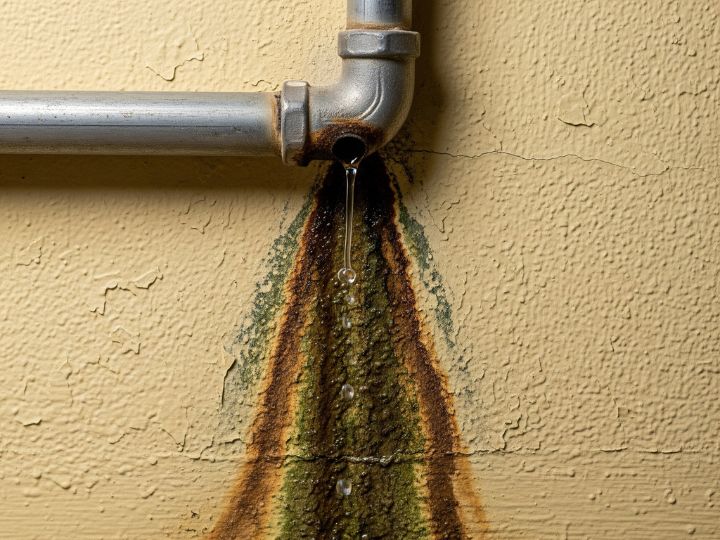
1. Persistent Leaks and Water Stains
After flooding, weakened joints or hairline cracks may develop unnoticed. Even post-cleanup, persistent leaks can emerge, leading to water stains on ceilings, walls, and floors. These stains signal internal pipe damage that worsens over time, potentially compromising your home’s structural integrity if not addressed quickly and professionally.
2. Discoloration or Strange Odors
Rusty or brown water from taps often means corroded pipes are breaking down, releasing sediment. Musty or earthy odors may indicate moisture trapped in damaged plumbing, encouraging mold growth within the pipes. Both issues signal post-flood deterioration and demand prompt inspection to avoid worsening contamination and health concerns.
3. Low Water Pressure
A sudden or gradual drop in water pressure after a flood often points to sediment buildup or collapsing pipes. These issues can restrict flow throughout the plumbing system. When water flow doesn’t return to normal, it may be time to consider a full water line replacement to restore efficiency.
4. Unusual Noises
Post-flood, odd sounds like banging, gurgling, or hissing from pipes may suggest trapped air, leaks, or structural damage. These symptoms should not be ignored, as they often precede major failures. In such cases, professional home repiping services are recommended to prevent further water damage and costly repairs.
Risks of Keeping Flood-Damaged Pipes
Keeping flood-damaged pipes poses serious risks to your home and health. Contaminated pipes may carry bacteria like E. coli and salmonella, creating hazardous conditions that can lead to illness. Additionally, flood damage weakens the structural integrity of pipes, increasing the chance of unexpected bursts and costly water damage. Ignoring these issues not only endangers your household but can also result in insurance claims may be denied, as many insurers require proper repair or replacement of damaged plumbing to approve coverage.
Get your water heater repaired or replaced the same day
Professional Assessment: The First Step
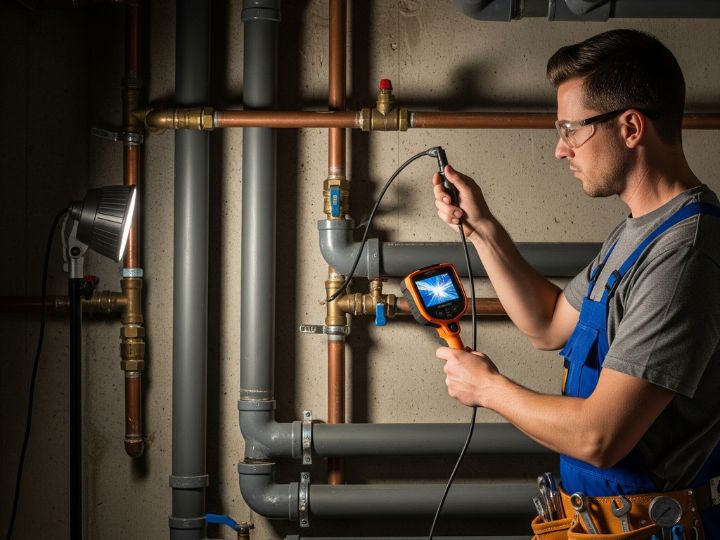
A licensed plumber should begin with a comprehensive evaluation of your plumbing system following any flooding event. Using specialized tools, including camera inspections and pressure tests, the plumber can detect hidden damage such as micro-cracks, internal corrosion, or pipe blockages that may not be visible to the naked eye. This professional assessment ensures no underlying issues are missed and provides a clear understanding of whether targeted repairs will suffice or if a full pipe replacement is needed to restore system safety and functionality.
Repair vs. Replacement: Making the Right Choice
When Repairs May Suffice
- Minor surface damage to non-essential pipes
- No evidence of contamination or internal corrosion
- Pipes are relatively new (less than 10 years old)
When Replacement Is Essential
- Extensive exposure to floodwater, especially in sewage or chemical-laden floods
- Corroded, cracked, or weakened pipes
- Older plumbing systems with materials prone to deterioration
- Health risks from contamination
Replacing damaged pipes may seem costly, but it provides a long-term solution and ensures a safe, clean water supply.
The Best Pipe Materials for Replacement
When replacing flood-damaged pipes, consider upgrading to materials that resist future flood impacts:
- PEX (Cross-linked Polyethylene): Flexible, resistant to corrosion and scale buildup.
- CPVC (Chlorinated Polyvinyl Chloride): Withstands high temperatures and chemical exposure.
- Copper: Durable and resistant to bacteria, though prone to corrosion in certain soils.
HDPE (High-Density Polyethylene): Excellent for underground piping with resistance to shifting soils and floodwaters.
Preventing Future Flood-Related Pipe Damage
1. Elevate Critical Plumbing Systems
Raising water heaters, HVAC units, and essential plumbing lines above known flood levels helps prevent water damage, ensuring your home’s vital systems remain safe and functional during future flooding events.
2. Install Backflow Prevention Devices
Backflow prevention valves block contaminated floodwater from reversing into your clean water supply, protecting your family’s health and preventing costly repairs to plumbing systems affected by sewage or debris infiltration.
3. Waterproof Your Basement and Crawlspaces
Sealing foundation cracks and adding sump pumps create a protective barrier against water intrusion, reducing flood damage risks to plumbing systems located in low-lying or vulnerable areas of your home.
4. Schedule Regular Plumbing Maintenance
Routine plumbing inspections identify leaks, corrosion, and vulnerabilities early, ensuring timely repairs. Preventative maintenance also reduces flood-related damage risks, such as broken pipes and faucet repair issues after severe weather events.
The Cost of Pipe Replacement After Flooding
The cost of pipe replacement after flooding depends on factors like damage severity, pipe materials, and your home’s size. Typically, homeowners spend between $2,000 and $10,000 for a complete replacement. Though it may seem expensive upfront, replacing flood-damaged pipes ensures your plumbing system’s safety and functionality. It also helps prevent future leaks, water contamination, costly repairs, and serious health risks caused by mold, bacteria, or compromised water supply.
Why Immediate Action Matters
Taking immediate action after a flood is crucial to prevent secondary water damage, toxic mold growth, and skyrocketing repair costs. Damaged pipes can compromise your home’s plumbing system, leading to leaks and health hazards. By addressing the issue quickly, you ensure a reliable water supply and protect your family’s safety. Don’t wait for problems to escalate—call the trusted experts at 5 Star Best Plumbing for fast, professional solutions that restore your home’s plumbing integrity.
Final Thoughts
When it comes to flood-damaged plumbing, what you can’t see can absolutely hurt you. Hidden leaks, corrosion, and contamination can compromise your home’s water quality and safety long after the floodwaters disappear. Acting fast isn’t just a smart move—it’s essential. Whether you need repairs or a home repiping service, investing in your plumbing system now can save you from major headaches and expenses down the road.
At the end of the day, peace of mind starts with proactive care. Don’t leave your family’s health and home at risk—let the professionals at 5 Star Best Plumbing assess and restore your pipes with confidence. Because when the storm passes, your plumbing shouldn’t be the next disaster waiting to happen.
FAQs
How do I know if my pipes were damaged by flooding?
Look for signs like persistent leaks, water stains on ceilings, walls, and floors, discoloration in water, strange odors, low water pressure, or unusual noises in your plumbing. A professional plumber can perform a thorough inspection to identify hidden damage.
Can damaged pipes from flooding be repaired instead of replaced?
Minor damage to newer pipes without contamination can sometimes be repaired effectively. However, extensive corrosion, cracks, or health risks usually require full pipe replacement for safety and reliability.
What are the health risks of keeping flood-damaged pipes?
Flood-damaged pipes may harbor harmful bacteria like E. coli or salmonella, which can contaminate your water supply. Structural weaknesses can also cause leaks or bursts, increasing the risk of mold and water damage inside your home.
Which pipe materials are best for flood-prone areas?
PEX and HDPE pipes offer excellent flexibility and resistance to corrosion, making them ideal for flood-prone environments. CPVC and copper are also durable options, with copper being naturally resistant to bacteria.
How much does it typically cost to replace pipes damaged by flooding?
Pipe replacement costs vary but generally range between $2,000 and $10,000 depending on damage extent and pipe materials. Though it’s a significant expense, investing in replacement prevents costly repairs and health hazards later on.

